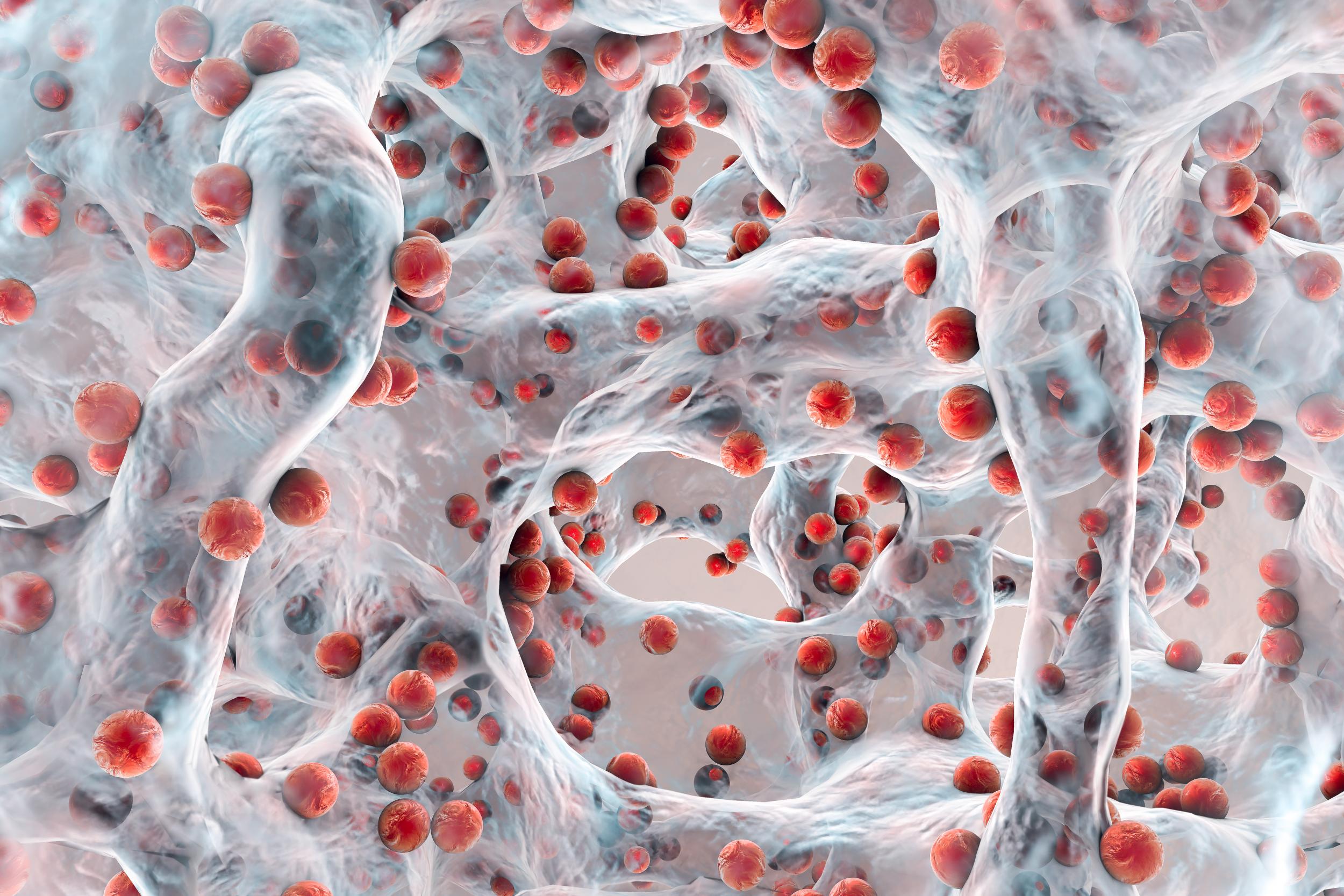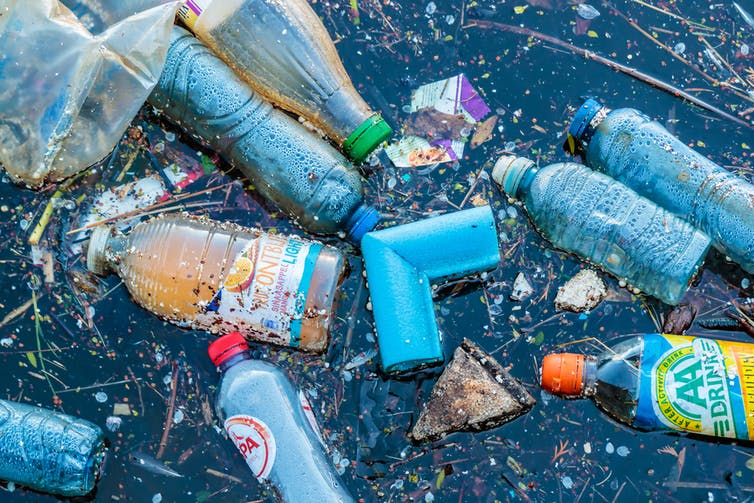How plastic-eating bacteria actually work – a chemist explains
Scientists have discovered a new technique that could help create more environmentally friendly recycling

Your support helps us to tell the story
From reproductive rights to climate change to Big Tech, The Independent is on the ground when the story is developing. Whether it's investigating the financials of Elon Musk's pro-Trump PAC or producing our latest documentary, 'The A Word', which shines a light on the American women fighting for reproductive rights, we know how important it is to parse out the facts from the messaging.
At such a critical moment in US history, we need reporters on the ground. Your donation allows us to keep sending journalists to speak to both sides of the story.
The Independent is trusted by Americans across the entire political spectrum. And unlike many other quality news outlets, we choose not to lock Americans out of our reporting and analysis with paywalls. We believe quality journalism should be available to everyone, paid for by those who can afford it.
Your support makes all the difference.The plastic bottles we throw away today will be around for hundreds of years. It’s one of the key reasons why the mounting plastic pollution problem, which is having a deadly effect on marine life, is so serious.
But scientists recently discovered a strain of bacteria that can literally eat the plastic used to make bottles, and have now improved it to make it work faster. The effects are modest – it’s not a complete solution to plastic pollution – but it does show how bacteria could help create more environmentally friendly recycling.
Plastics are complex polymers, meaning they are long, repeating chains of molecules that don’t dissolve in water. The strength of these chains makes plastic very durable and means it takes a very long time to decompose naturally. If they could be broken down into their smaller, soluble chemical units, then these building blocks could be harvested and recycled to form new plastics in a closed-loop system.
In 2016, scientists from Japan tested different bacteria from a bottle recycling plant and found that Ideonella sakaiensis 201-F6 could digest the plastic used to make single-use drinks bottles, polyethylene terephthalate (PET). It works by secreting an enzyme (a type of protein that can speed up chemical reactions) known as PETase. This splits certain chemical bonds (esters) in PET, leaving smaller molecules that the bacteria can absorb, using the carbon in them as a food source.
Although other bacterial enzymes were already known to slowly digest PET, the new enzyme had apparently evolved specifically for this job. This suggests it might be faster and more efficient and so have the potential for use in bio-recycling.
As a result, several teams have been trying to understand exactly how PETase works by studying its structure. In the past 12 months, groups from Korea, China and the UK, US and Brazil have all published work showing the structure of the enzyme at high resolution and analysing its mechanisms.
These papers show that the part of the PETase protein that performs the chemical digestion is physically tailored to bind to PET surfaces and works at 30C, making it suitable for recycling in bio-reactors. Two of the teams also showed that by subtly changing the enzyme’s chemical properties so it interacted with PET differently made it work more quickly than the natural PETase.
Using enzymes from bacteria in bio-reactors to break down plastic for recycling is still easier said than done. The physical properties of plastics make them very difficult for enzymes to interact with.
The PET used in drinks bottles has a semi-crystalline structure, which means the plastic molecules are tightly packed and difficult for the enzyme to get to. The latest study shows that the enhanced enzyme probably worked well because the part of the molecule that is involved in the reaction is very accessible, making it easy for the enzyme to attack even the buried PET molecules.
Modest improvements
The improvements to the PETase activity were not dramatic, and we are nowhere near a solution to our plastic crisis. But this research helps us understand how this promising enzyme breaks down PET and hints at how we could make it work faster by manipulating its active parts.

It is relatively unusual to be able to engineer enzymes to work better than they have evolved through nature. Perhaps this achievement reflects the fact that the bacteria that use PETase are only recently evolved to survive on this man-made plastic. This could give scientists an exciting opportunity to overtake evolution by engineering optimised forms of PETase.
There is one worry, though. While any modified bacteria used in bioreactors are likely to be highly controlled, the fact that it evolved to degrade and consume plastic in the first place suggests this material we rely on so heavily may not be as durable as we thought.
If more bacteria began eating plastic in the wild then products and structures designed to last many years could come under threat. The plastics industry would face the serious challenge of preventing its products becoming contaminated with hungry micro-organisms.
Lessons from antibiotics teach us we are slow to outwit bacteria. But perhaps studies such as these will give us a head start.
Emily Flashman is a research fellow in enzymology at the University of Oxford. This article was first published in The Conversation (theconversation.com)
Join our commenting forum
Join thought-provoking conversations, follow other Independent readers and see their replies
Comments